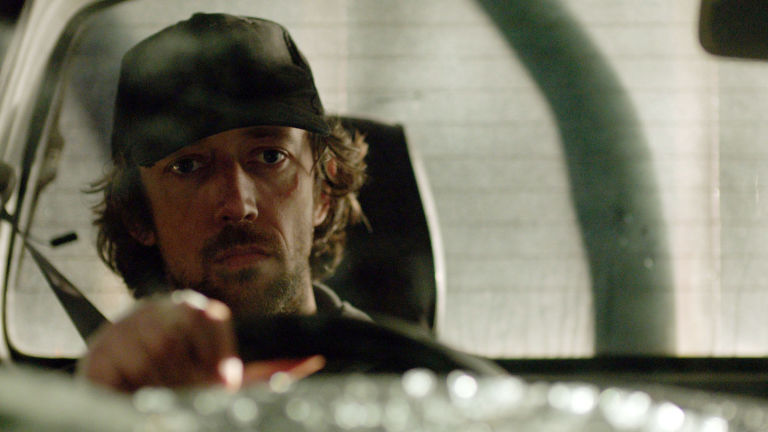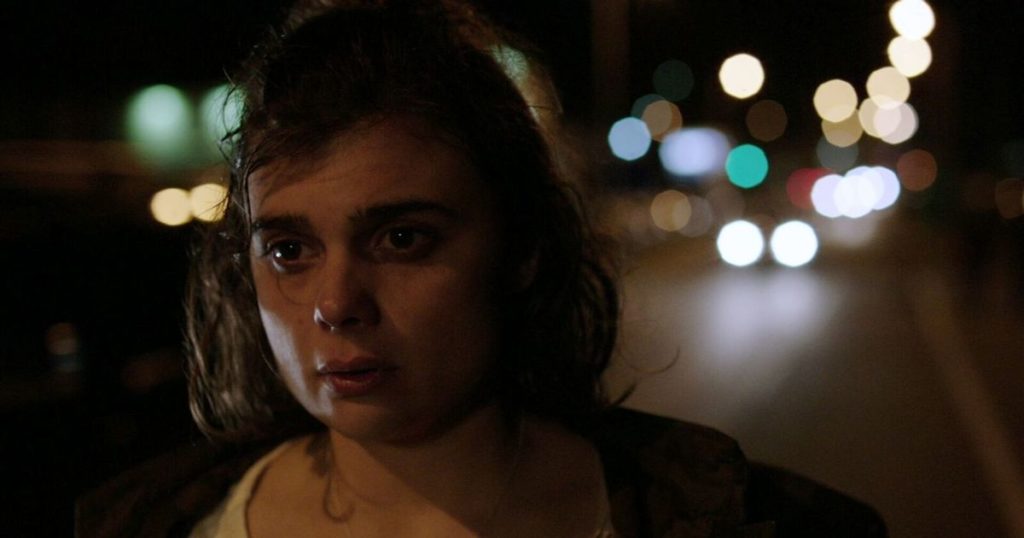 (4.5 / 5)
(4.5 / 5)
Spike Lee’s latest joint, BlacKkKlansman is based upon the book of the same name by Ron Stallworth who relates his amazing experience as Colorado Spring’s first African-American police officer, and his infiltration of the local chapter of the Ku Klux Klan.
At times hilarious, it never fails to be an engrossing and unbelievable story, even more so as it is based upon real events.
Lee has reset the action to 1979 although in reality, they occurred seven years earlier. With questionable fashions and afro hairstyles, you can easily be mistaken for believing that you are watching a 70′ Blaxpoitation film.
Ron is at first assigned to the Records Department of the Colorado Spring P.D. There he frequently encounters racial insults from his so-called colleagues, especially the out and out racist Andy Landers, (Frederick Weller), and consequently feels that he can be more purposefully employed undercover.
His initial assignment is to cover national civil rights leader Kwame Ture, (perhaps better known by his birth name, Stokely Carmichael), address at a local rally. There he meets Patrice who is the president of the black students’ union at Colorado College.
Later, Ron is horrified to learn that Ture who is being escorted back to his hotel post rally, had been threatened by Landers, and Patrice sexually assaulted under the guise of police handling a situation.
Ron is then reassigned to the Intelligence Department where he notices an advertisement in a local newspaper for recruiting new members to the local chapter of the Ku Klux Klan. It amazes me that a country that prides itself on individual freedom, has no “hate crime” legal definition that allows such an insidious organisation to be allowed to flourish in the 21st century. Ron picks up the phone and amazes his colleagues in the room, by launching into a vitriolic tirade of abuse against black people. He is so convincing that he dupes the recruiter of his deeply engrained racialism. Ron states is ability to be so convincing stems from being fluent in both The King’s English and Jive.
The problem that lies ahead is how to deal with face to face encounters. Enter Flip Zimmerman, (Adam Driver) who trains himself to imitate Ron’s style of speaking and gradually ingratiates himself within the local chapter.
In order to expedite his membership, Ron phones David Duke, the KKK Grand Wizard. He so impresses Duke that they start a regular conversation over the telephone and the Grand Wizard, readily agrees to pass through Ron’s membership acceptance and promises to attend his ceremonial baptism into the Order.
Flip is Jewish and after the hatred of the Afro-American community, Antisemitism is the next important agenda for the KKK. Flip, through his involvement in the undercover assignment, for the first time becomes aware of his Jewish identity, and he too realises like Ron, that he is to some extent an outsider in the Land of the Free. A bond develops between the two of them as they infiltrate deeper and deeper into the KKK local chapter.
In many ways, Spike Lee’s film is one of contrasts. Kwame Ture and David Duke are both advocates of social reconstruction. Patrice doesn’t at first know that Ron is a cop, but, later, they both accept that their purpose is the same – to help their racial group emerge from the gutter of white dominance. However, Ron insists that it can only be achieved on the inside, exemplified by his role in the Colorado Springs P.D. and through his KKK infiltration, whilst Patrice believes it can only be obtained on the outside, through rallies, literature and other media instruments. When the real Ron is assigned to provide personal protection to David Duke at his fake counterpart’s baptism, (along with others), you have on the one hand, the KKK whooping it up and getting off watching D.W. Griffith’s technically brilliant but racially charged 1915 epic, “The Birth of a Nation”. At the same time Jerome Turner, (Harry Belafonte), an elderly civil rights leader relates a story about Jesse Washington’s lynching in 1916 to an Afro-American gathering. But perhaps the most striking example of contrast is in the final shot, where an inverted Stars and Stripes slowly fades into black and white.
The casting is spot on. In particular, the two Ron Stallworths are outstanding. John David Washington as the real Ron is both immensely likable whilst being able to portray a steely determination in eradicating the evil of the KKK. Adam Driver as Flip, is, in my opinion, one of the best actors around at the moment. Check out his brilliant performance in the title role of Jim Jarmusch’s masterful 2016 movie”Paterson”. His outbursts of racial tirades are superbly executed.
Spike Lee has an impressive portfolio of films that tackle social issues, (mostly against his own Afro-American community), behind him. “Malcolm X” (1992), “Inside Man”, (2006), “Get on the Bus”, (1996) among them, but BlacKkKlansman is the best film that he has directed for quite a while. Its lengthy 135 minutes running time passes by in a flash as the action and your interest never flags as you become enveloped within the two Ron’s infiltration. The film has received widespread acclaim and was awarded the Jury Grand Prize at this year’ Cannes Film Festival.
Lee keeps a controlled balance between moments of comedic brilliance and advocating a message of social injustice.
The KKK members come across as redneck dumbos who for all of their mental and racial inadequacies will shoot you in the head if you are Afro-American, Jewish, homosexual or any other minority group that doesn’t match up to their feeling of white supremacy.
David Duke, (Topher Grace) is a slightly different kettle of fish. His understanding of the situation is purely down to eugenics, in exactly the same way that members of the Nazi Government propagated their evil message. However, he doesn’t seem to have a personal hatred of Afro-Americans, borne out by his acceptance of the real Ron’s presence as his bodyguard, accepting his professionalism, and when he agrees for Ron to be photographed with him – something that our hero exploits to comedic effect.
For me, the final sequence that shows true life coverage of the Unite the Right rally at Charlottesville, Virginia that occurred only a year ago is really hardhitting. This white supremacist rally, attended by David Duke, resulted in fierce clashes and the death of a counter-protestor in a vehicle ramming attack. The refusal of President Trump to solely single out the actions of the supremacists in a subsequent speech provides Lee to ram home the message of the natural association between far-right policy and racialism.
It is a salient reminder that the U.S., (and for that matter Britain) is a tinderbox waiting to explode and we ignore this message at our peril.
Country: USA
Genre: Biography; Crime; Comedy
Running time: 135 minutes
Certificate: 15 for bad language and racist dialogue and themes
The film was viewed at Chapter Screen 1 and is also widely available at nationwide cinemas throughout the country.
Roger Barrington


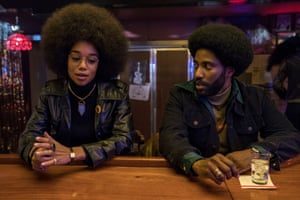

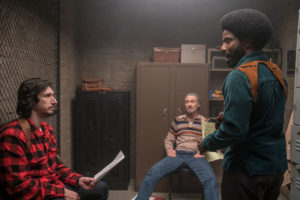
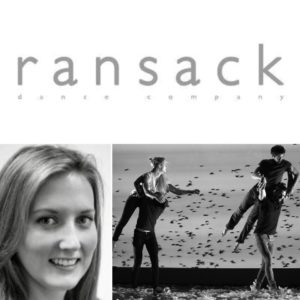

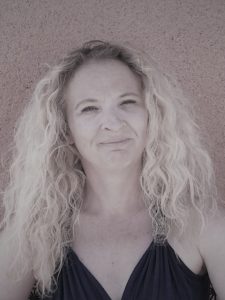

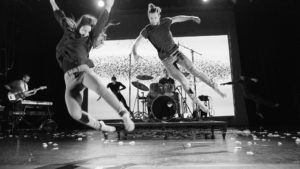
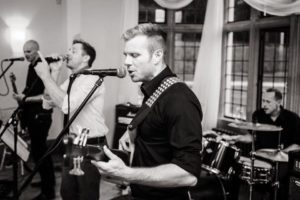


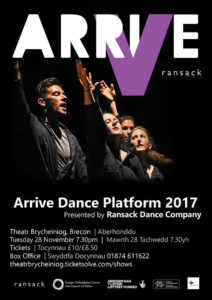


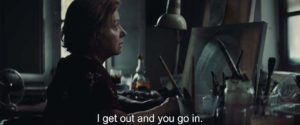
 (4 / 5)
(4 / 5)
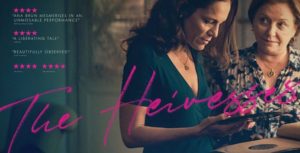


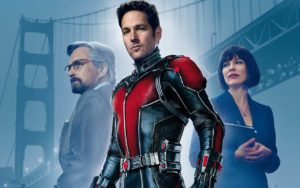
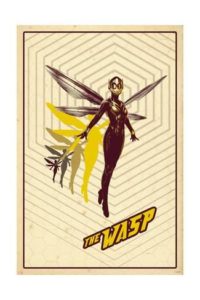
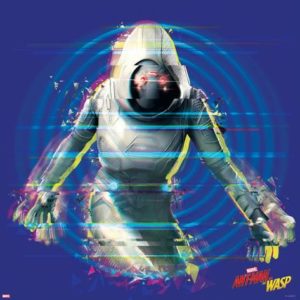




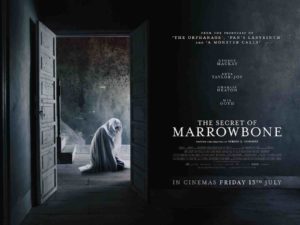
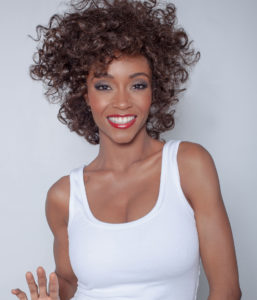
 (3.5 / 5)
(3.5 / 5)
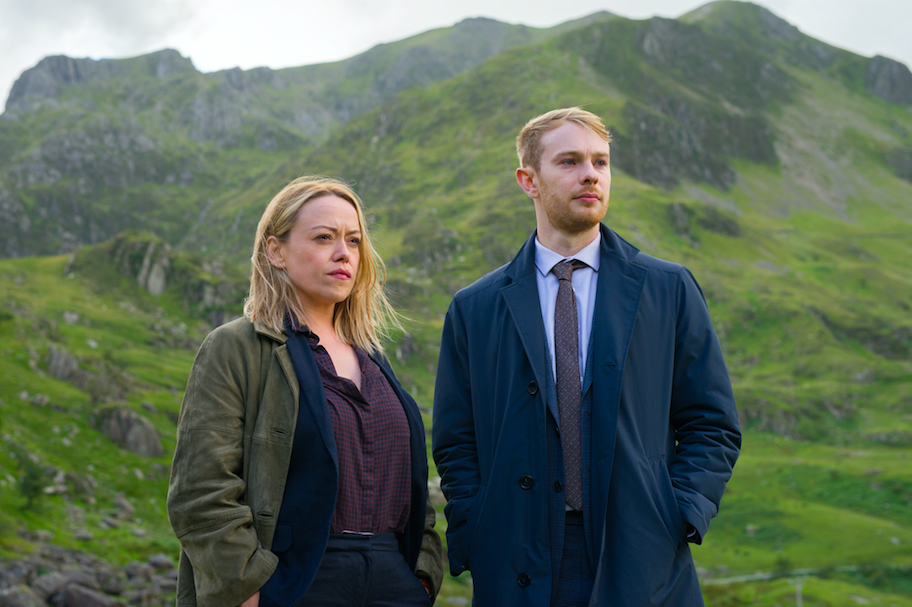
 (3 / 5)
(3 / 5)
